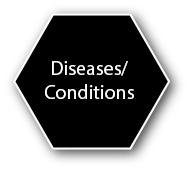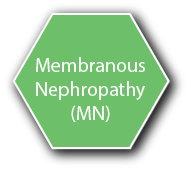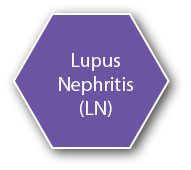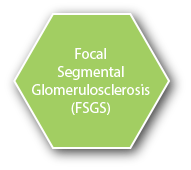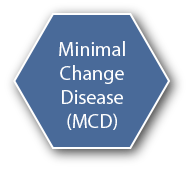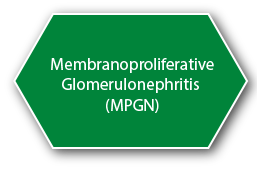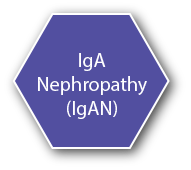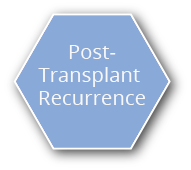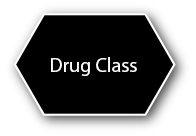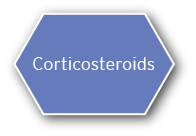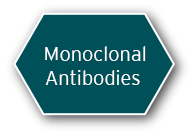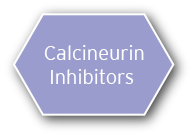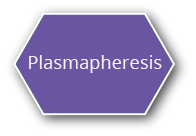- Type of GN commonly present in patients with systemic lupus erythematosus (SLE)
- Characterized by deposition of circulating immune complexes in the glomerular tissue, leading to injury and inflammation
- SLE patients with LN symptoms typically present with common signs of renal disease, such as proteinuria, hematuria, hypertension, and renal insufficiency
- 30-50% of SLE patients will show clinical manifestations of renal disease during diagnosis
- 80% of children and 60% of adults with SLE will develop renal aberrations at some point in their life
- Gold standard for diagnosis is renal biopsy; however, the procedure is extremely invasive
- Patient must first present with abnormal urinalysis and extrarenal manifestations of SLE before biopsy is obtained7
- SLE etiology is unknown, but possible factors include genetic predisposition, environmental agents, and female hormones6
- Incidence and prevalence for SLE and LN greatly vary based on geographic location, age, gender, and ethnicity
- High female dominance for SLE
- 10:1 female-to-male ratio (no gender preference for LN)
- SLE usually diagnosed in women 15-45 years of age
- LN is typically more severe in men and children
- 3-4 times more common in people of African, Hispanic, or Asian ancestry for both SLE and LN
- LN prognosis is typically good, though widely varies among patients; some will be asymptomatic, while others relapse multiple times
- 8-15% of patients will suffer from ESRD6
- MN gradually progresses and can be identified into a four-stage classification:

- In 2004, the International Society of Nephrology and the Renal Pathology Society updated a classification system that describes the extent of disease in lupus nephritis
- Classes I-II are associated with minimal renal manifestations and may not require treatment
- Classes III-V are associated with aggressive, proliferative lesions
- Class VI is associated with ESRD7
CNI: calcineurin inhibitor; ESRD: end-stage renal disease; MMF: mycophenolate mofetil.
Recommendations are based on the KDIGO Clinical
Practice Guideline for Glomerulonephritis
- Treatment aimed towards remission of proteinuria to slow progression of ESRD
- Prognosis goals: prevention of ESRD
- Options are based on classifications of renal manifestations
- Class I
- No indication
- Class II
- Nephrotic levels of proteinuria – treatment with corticosteroids or CNIs
- Class III/IV (initial)
- Corticosteroids in combination with cyclophosphamide or MMF
- Class III/IV (maintenance)
- Corticosteroids in combination with AZA or MMF
- If patient is intolerant, switch to corticosteroids in combination with CNIs
- Class V
- Non-nephrotic proteinuria levels – supportive therapy with renin-angiotensin system blockers
- Nephrotic proteinuria levels – corticosteroids in combination with cyclophosphamide, CNIs, AZA or MMF
- Class VI
- No indication for therapy – dialysis or kidney transplant recommended7,10
Alternative option not listed in 2012 KDIGO Guidelines
- The product is an FDA approved treatment option11
CNI: calcineurin inhibitor; ESRD: end-stage renal disease; MMF: mycophenolate mofetil.
Treatment Options
|
|
|---|---|
 Corticosteroids10 Corticosteroids10
|
 Cytotoxic Agents10 Cytotoxic Agents10
|
 Calcineurin Inhibitors10 Calcineurin Inhibitors10
|
 Immunosuppressive Agents10 Immunosuppressive Agents10
|
 Acthar® Gel)11* Acthar® Gel)11*
|
|
*FDA approved, but not enough contemporaneous data for KDIGO to make a use recommendation
